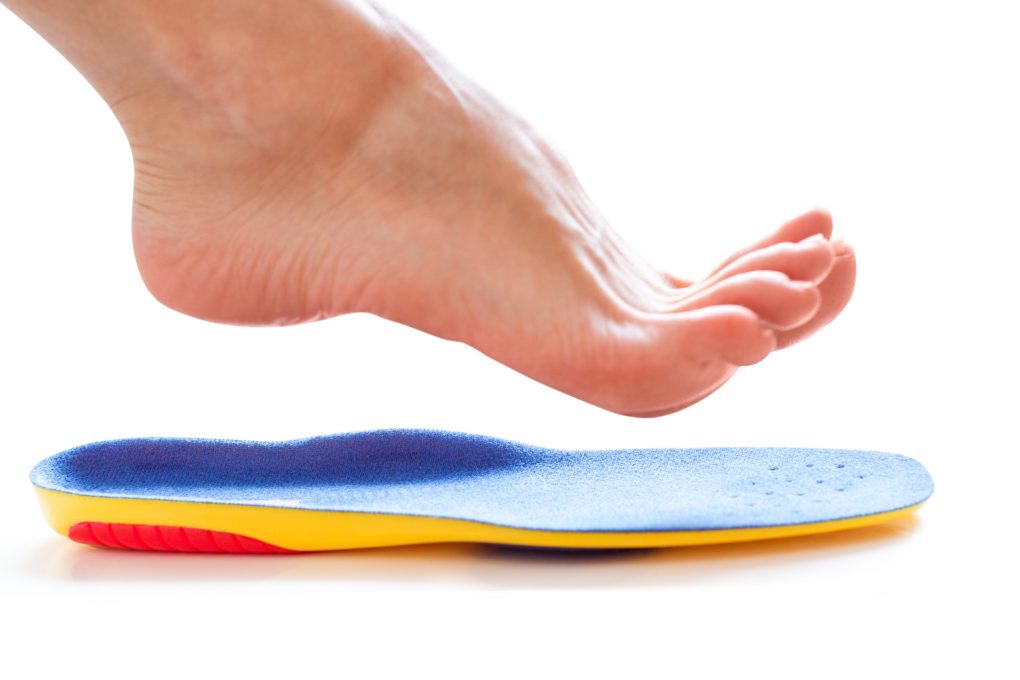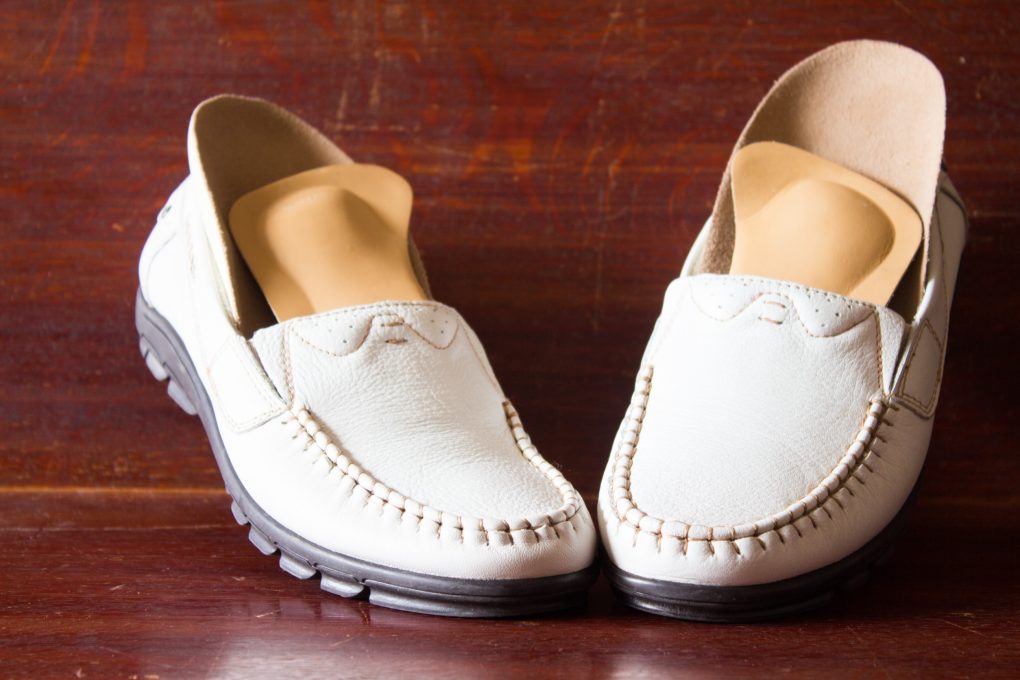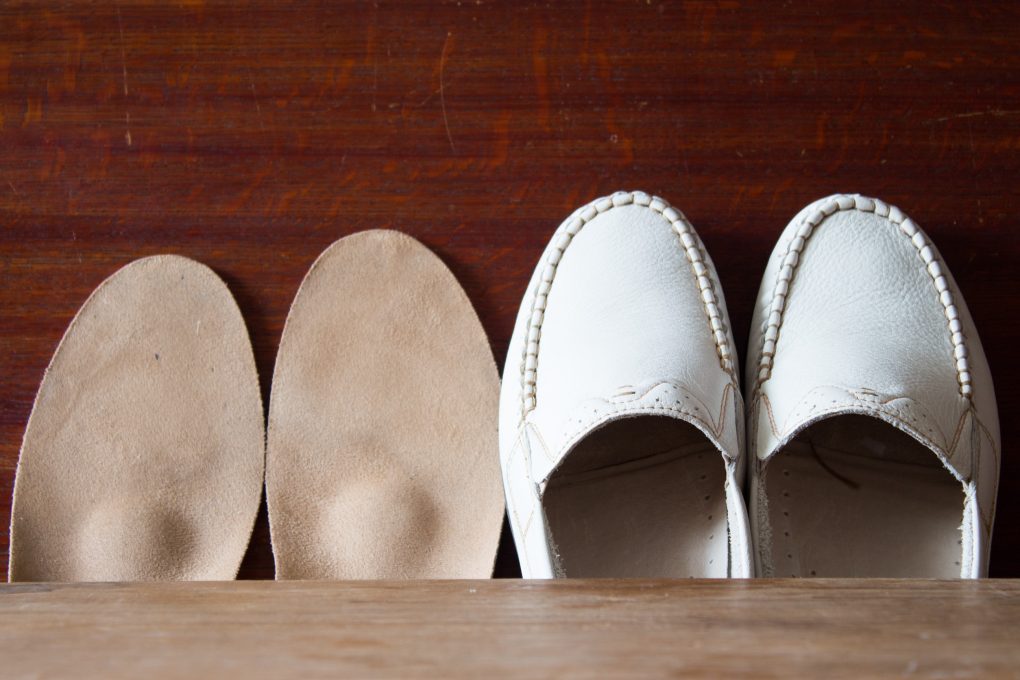Can You Wash Shoe Insoles: Ways to Clean Shoe Insoles and Measures to Keep Them Fresh-Smelling
Yes, you can wash shoe insoles. Shoe insoles can get dirty and stained quickly, making them difficult to clean. To clean them, start by removing them from your shoes. Soak the insoles in a mild soap solution for a few minutes, then rinse them thoroughly.
If the insoles are stained or dirty, place them in warm water and a vinegar container to soak for several hours. Finally, scrub them with a brush before rinsing them off again and drying them off.


How to Clean Shoe Insoles
It is generally recommended that insoles be cleaned every time they are replaced. This ensures that the shoe’s footbed remains in good condition and doesn’t develop odor or fungus. If you find your insoles starting to smell bad or turning different colors, cleaning them up might be a good idea. You can take them to a shoe cleaning shop or clean them yourself using simple steps.
Disinfecting Insoles With Rubbing Alcohol
Insoles can become contaminated with bacteria and fungus, making them uncomfortable and even causing foot odor. To disinfect them, soak them in rubbing alcohol for 10 minutes. Then, rinse well and let the shoes dry completely before using them again.
A Mixture of Alcohol and Water
Alcohol is a good option for cleaning shoe insoles because it kills bacteria and removes oils and stains. To clean them, mix one-part alcohol and one-part water, and use this diluted solution to clean the insoles.
Deodorizing With Baking Soda
It might not be the shoes that cause odor – it could be your insoles! While washing your shoes often is one of the best ways to keep them clean and fresh, deodorizing them in-between cleanings can help eliminate unpleasant smells.
Not only that, but baking soda can also act as an abrasive to remove built-up dirt and stains from inside the shoe’s insoles. Start soaking the insoles in baking soda and water to clean them. Let them soak, then rinse them thoroughly. If the dirt is still present, repeat the process until the stain is gone.
Make sure you rinse off all traces of baking soda before putting your shoes away so they don’t stain or smell bad in the future.
Scrubbing With Soap and Water
Washing shoe insoles with soap and water is the best way to clean them. Be sure to rinse off the soap before putting it in the dryer, and don’t use fabric softener on your insoles – it will make them harder to clean.
Mix liquid soap with warm water and soak the insoles for 10 minutes to clean them. Rinse them off thoroughly, and air dry if possible. If you can’t remove the dirt and mud, use a scrub brush to remove it.
A Mixture of Vinegar and Water


Soaking insoles in a solution of vinegar and water is a great way to clean them and prevent them from becoming waterlogged. First, mix a vinegar and water solution and soak the sole.
Make sure to remove the soles before soaking – this will help prevent damage to the laces or fabric of the shoe. Be careful not to saturate the insoles – you should use just enough vinegar and water to make them slightly moist but not wet. After soaking, gently dry the insoles with a cloth, and store them in a dry place.
Washing Machine
Shoe cleaning is a chore that many of us would rather skip. But before you toss them in the washing machine, take care of their insoles first! Removing these once they’ve become dirty prevents damage to the shoe’s rubber and fabric – and, consequently, your wallet.
If shoes are still too dirty for your liking, place them in the washing machine on the gentle cycle with some soap. Ensure to keep it from overloading or putting items such as socks in with them – waterlogged sneakers will only worsen matters.
Once done, remove excess water by opening the dryer door or using a towel if necessary. Shoes should then be allowed time to air-dry – preferably overnight, so they’re scorched before wearing again.
For tougher stains like grass or mud (which can stain materials other than leather), use a mild soap mixed with warm water – let it sit for a while, then wipe it down with a cloth.
Washing Different Insole Types
Memory Foam
You can easily wash memory foam insoles in your washing machine. Fill a large basin with enough warm water to cover the insoles. Add mild soap and let it dissolve in the water. Dip the insoles into the soapy water until they’re completely covered. Let them soak, then rinse them off with cool water. Hang them to dry, or place them in a dryer in a warm setting.
Orthotics


You can wash orthotic insoles in the washing machine. Be sure to remove any liners or padding first, and place the insoles in the washing machine on a cycle with mild detergent.
Insoles should be washed regularly with warm water and mild detergent only if they are machine-washable. It’s essential to follow the instructions that come with your insoles – sometimes, you must air them first. As long as you take care of your insoles, they should last a long time and help keep your shoes clean and odor-free.
Preventative Measures to Keep Your Insoles Clean
Keeping your insoles clean is crucial for their longevity. Make sure to take preventive measures by storing them in a dry place and cleaning them using water and mild soap, if necessary. Additionally, replace your insoles every couple of months to ensure they’re always clean and odor-free.
Keep Your Insoles Fresh
To keep insoles fresh and smelling good, fill a box of baking soda or white vinegar in the shoe and leave it to work its magic. These ingredients will neutralize the odor and help to clean the insoles. Be sure to store your insoles in an airtight container, so they don’t dry out and get damaged.
Keeping your insoles clean is essential not just for their appearance but also for their functionality. Shoe insoles can get dirty and smelly, so cleaning them as often as necessary is critical.
Cleaning Instructions for Your Shoes
To avoid the hassle, always read the cleaning instructions for your shoes before washing them. Depending on the type of shoe, you can either wash them in a washing machine or hand-wash them using cool water and soap. Make sure to dry them thoroughly before storing them or wearing them again.